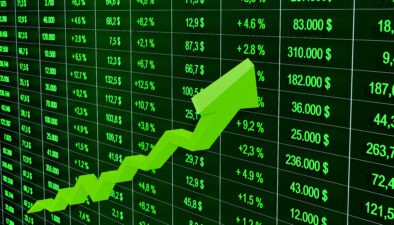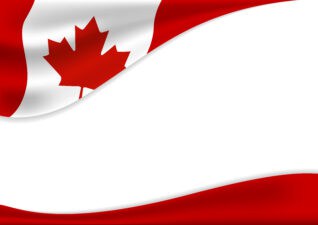The Government of Canada introduced the CERB (Canada Emergency Response Benefit) to help Canadians tide over these uncertain times. The CERB is a lifeline for millions of people affected by the COVID-19 pandemic. Eligible Canadians will be paid $500/week for a period of up to 16 weeks.
At the time of writing, over 15 million CERB applications have been processed by the Canada Revenue Agency (CRA) with payouts totaling $43 billion. This number is expected to move higher, as Canada’s unemployment rate stands at 13.7%, up from just 6% in February.
However, Canadians applying for the CERB must be aware that this payout is taxable by CRA.
What’s the tax rate on the CERB?
The CRA is not withholding any taxes on the CERB payouts. Applicants get a cheque of $2,000 a month and have to reapply to keep receiving these benefits. The maximum CERB payments that can be received over the course of 16 weeks is $8,000.
So, what is the tax rate on the CERB payments? Well, it depends on your total earnings in 2020. In order to estimate your taxes, you need to add your employment income, self-employment income (if any), income from other sources, and the CERB payments.
For the purpose of calculation, let’s keep it simple and assume you only have employment income and the CERB for 2020. If you live in Ontario and earned $50,000 in 2020 and received $8,000 in CERB payments, the total income for the year stands at $58,000.
So, you will fall under two different federal and provincial tax brackets. The federal tax rate on the first $48,535 is 15%, and the provincial tax rate for Ontario is 5.05% on the first $44,740. For the first $44,740 you will be taxed 20.05%, or $8,970.37. For the next $3,795 the federal tax stands at 15% while the provincial tax is 9.15%. So, you will pay another $916.5 in taxes.
Finally, for the remaining amount of $9,465, the federal tax is 20.5% and the provincial tax is 9.15%, which indicates a marginal tax rate of 29.65%. You pay another $2,806.37 in taxes. The total taxes paid on an income of $58,000 is $12,693.24.
However, to determine the tax on your CERB, you need to use the highest marginal tax rate of 29.65%. This suggests you will pay approximately $2,372 to the CRA in taxes for your CERB payments of $8,000. This is a simple calculation, and I have not factored in any tax credits or deductions like the RRSP.
Hold investments in the TFSA and pay zero tax to the CRA on withdrawals
If you want to reduce taxes to the CRA, you can hold investments in the TFSA (Tax-Free Savings Account). Any withdrawals from the TFSA are exempt from CRA taxes and this is an ideal account for equity investments.
If you hold top-quality, dividend-paying stocks such as Fortis (TSX:FTS)(NYSE:FTS) in your TFSA, you can benefit from capital gains as well as dividend payouts. Fortis is a Canada-based utility giant, and we know that utility stocks are part of a defensive sector.
Fortis has over $57 billion in assets and a portfolio of 10 companies that provides millions of North Americans with essential services. This ensures the utility behemoth has a steady stream of cash flow, enabling it to pay dividends to shareholders.
Fortis has raised dividends for 46 consecutive years. The current dividend yield stands at 3.64%, which means an investment of $10,000 in Fortis stock will generate $364 in annual dividend payments.
Investors will also benefit from capital appreciation. In the last decade, Fortis stock has gained 88%, making it one of the best bets in the current market.
If you hold Fortis stock outside a TFSA, you will have to pay taxes on dividends. Further, the dividends may also push the investors into a higher tax bracket and increase the marginal tax rate. You can see why holding dividend-paying stocks in the TFSA makes sense.








